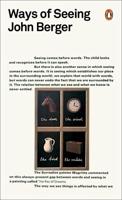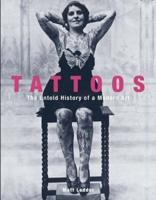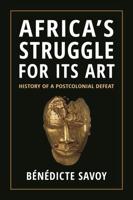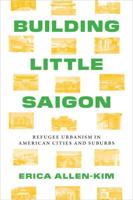Publisher's Synopsis
This comprehensive survey of the formation of French art criticism looks beyond the celebrated leading lights, such as Diderot and Stendhal, to examine the historical circumstances which made art criticism a flourishing journalistic venture. Between the mid-18th centuries and the 1820s, art critical writing became an established feature of the Parisian art world.;Richard Wrigley considers the discourse of art criticism in the context of the dynamic political changes witnessed during this period. He locates the history of criticism with patterns of publishing, censorship and authorship, and pays particular attention to the Salon exhibitions which provided the central focus for both official and dissenting estimations of the state of French art.;The production of critical texts, and the language that they employ draw together various modes of polemical and aesthetic discourse - from high-minded theorizing to vitriolic satires on contemporary art, artists and institutions. In a period during which open political discussion was often severely constrained, Wrigley shows that art criticism was a prime vehicle for debates about the political signficance of French culture.









